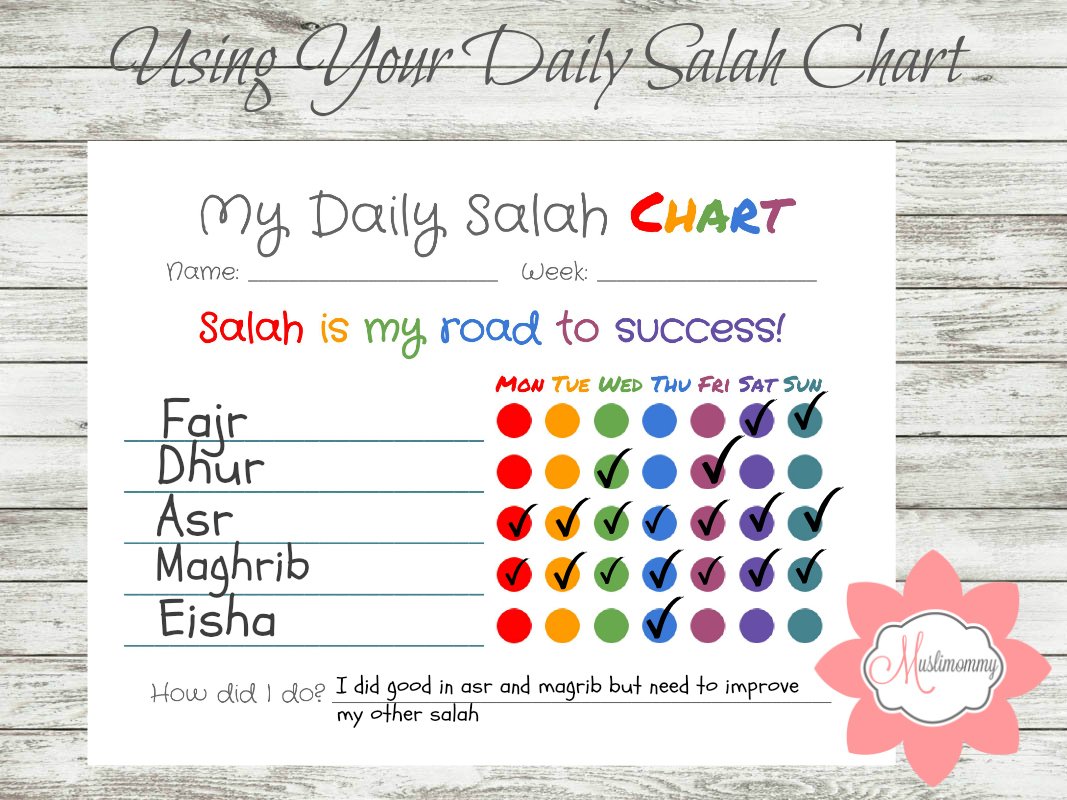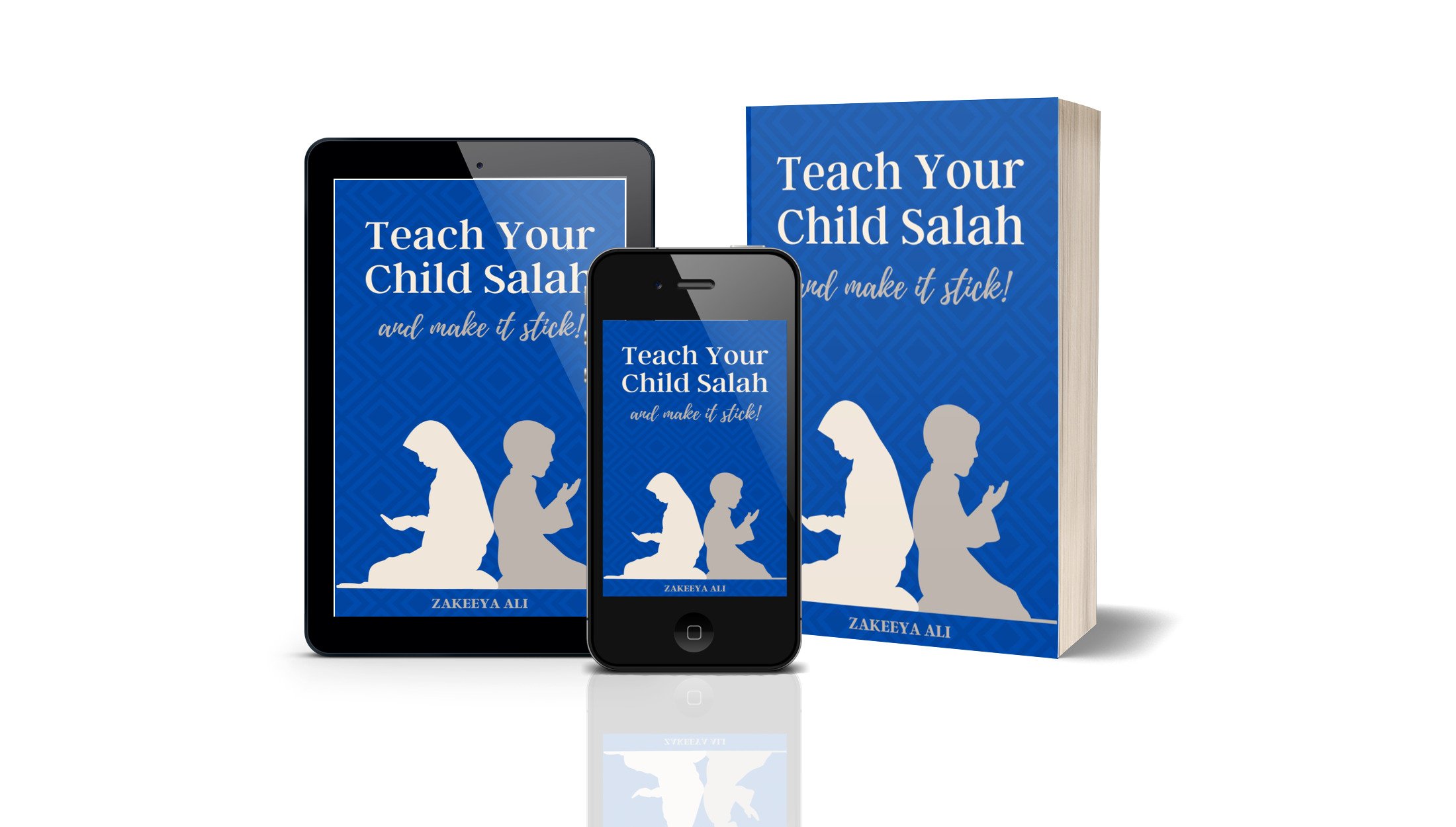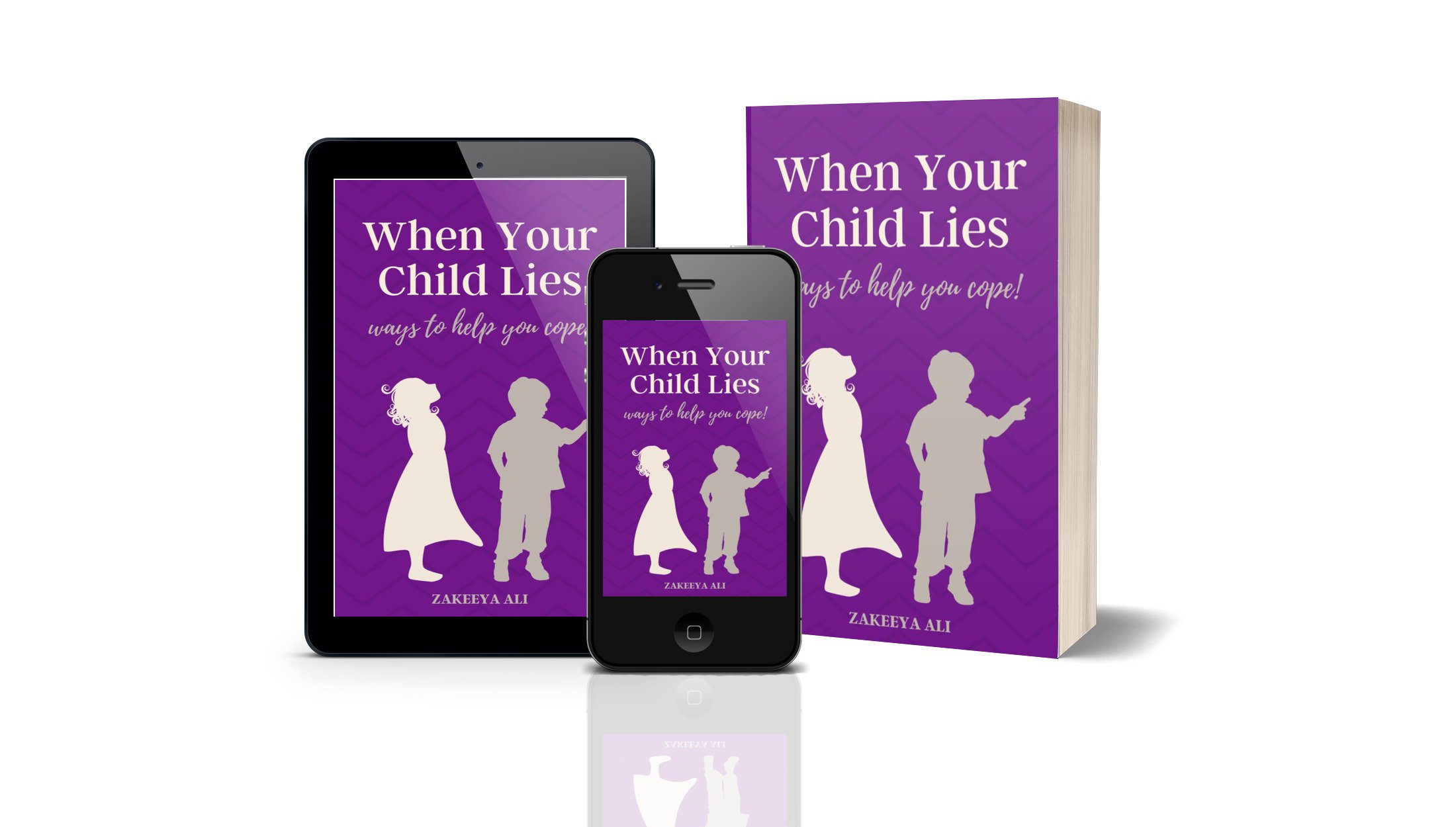Motivation Charts For Kids
There is an abundance of charts for kids all over the internet, and it can get overwhelming for a mom to choose the ones that suit her needs best. I've noticed the charts that work best for children are simple and have the least amount of frills. When I use charts for my kids, I see significant progress, and they are more productive.
Why Use Charts?
1. Relieves Some Mommy-Stress
A responsibility chart can help a mom get her child to complete tasks with less nagging. When your child sees what he is expected to do each day in a clear and straightforward manner, he's more likely to accomplish his tasks. One of the biggest excuses children use when asked to do a chore is, "I forgot." So if you're tired of hearing that excuse, eliminate it by using an efficient system.
2. Teaches Kids Life Lessons
It's important to teach a child that good things come from making an effort. Setting tasks and having your child accomplish them will teach her a necessary life lesson. She'll learn that she has to work towards a goal and that rewards have to be earned.
3. Teaches Kids Independence
If your child is old enough to read and write, you can assist him with filling out his chart with duties that he must accomplish daily. When he learns to play an independent role in his life, he will act more responsibly and discover the art of organization.
How to Use a Kid's Chart
1. Set Age-Appropriate Tasks
Tailor tasks according to your child's age level so he can easily understand the expectations. Younger children can start jobs as young as three years old, and older children can do a lot more than we think. Searching for age-appropriate chores online will give you ideas, as will taking into account the maturity level and responsible nature of your child.
2. Have Realistic Expectations
Remember that when you assign tasks to your child, it is a learning process. She may not be capable of accomplishing the task as well as you. A young child may not know how to clean or tidy a room, so it is important to show her and be realistic in your expectations. Focus on judging the effort according to age and ability.
3. Place Charts in a Visible Location
For charts to be effective, they have to be posted where it's easy for kids to see and access them when they need a reminder. Some good places to post charts are the refrigerator door, a kitchen or family room wall, a bulletin board in the hallway, your child’s bedroom, or a home binder.
4. Decide on Incentives
Some mothers see chores as being part of a family where each child is expected to pitch in. Other moms feel that a child needs more motivation to get the task done well. Both are true, but why not use what you already have to motivate your child. For example, if your child plays on a tablet, allow her to use it only after she accomplishes her tasks for that day. Alternatively, you can set aside additional rewards for chores and tasks completed.
5. Assign a Special Time
Set aside a specific time each week to review your child's accomplishments. You can make it feel like a big deal with some extra hugs and kisses when your child does well. If he shows a lack of effort, ask him to brainstorm ways he can do better and give him some motivation. Also, ensure that your incentives are the kind that are worth earning.
To make it easy for mothers (as I know it can be daunting), I've created a variety of different sets of children's charts in three color schemes. These are charts that I have used with my kids and that have worked extremely well for us, alhumdulillah.
Types of Charts
A motivational chart set is divided into morning, afternoon, and evening duties to differentiate tasks throughout the day. I've added some motivation and made it easy to follow for any child.
This is how your child can use his Daily Duties Chart
Chore charts will help a child keep up with her chores. It can be personal tasks like, cleaning her room, packing her toys away, putting away clothes, etc. It can also be for chores she can assist you with around the house, such as setting the table, clearing the table, emptying the dishwasher, tidying the family room, etc. You can mix personal and home chores to keep it simple. Your child gets to tick off her chores when she is done with them each day. At the end of the week, she gets to rate her progress and see proof of her initiative and whether she earns privileges or not.
This is how your child can use her Daily Chore Chart
Fill out the Daily Salah Chart with your child and place it near the prayer area in your home. Your child can tick his chart each time he performs a salah. This is a good way to reward him for praying on his own or with the family. It will assist you in helping your child instill the habit of prayer, inshAllah. Let him rate himself at the end of the week to see which salah needs improvement. You could offer your child a treat for encouragement if he makes a certain number of salah for the week.
This is how your child would use his Daily Salah Chart
I've created different sets of responsibility charts for chores, personal care, reading, behavior, and even good deeds. I've also created sets of Islamic charts for areas in which your child may need the motivation to make salah, learn Arabic or Nuraniyah, and recite or memorize The Holy Quran. These charts are fantastic for parents, teachers, and homeschoolers. Find my range of children’s charts below.
Tip: You can print these charts on both sides to save on copy paper. You can also laminate the charts and use it with a dry erase marker if you prefer to print it once and use it over again.
Give it a try! Start your kids on responsibility charts and see how much you can change your day from "talk, talk, nag, nag" to "see it get done!"
Salam, I’m Zakeeya!
I believe that making our homes a safe haven for our families, as well as being a wife and mother, brings us great blessings, contentment, and benefits to society as a whole. Since 2011, I've been dedicated to assisting Muslimas in finding tranquility in their roles, taking better care of themselves, and achieving inner peace. Our journey in this world is not an easy one, but I pray the tools and guidance I offer will help you face life's challenges with more gratitude and mindfulness. Join me as I share wifehood, motherhood, homemaking, and lifestyle solutions that make life more fulfilling for you as a woman! Read more about me here.


























